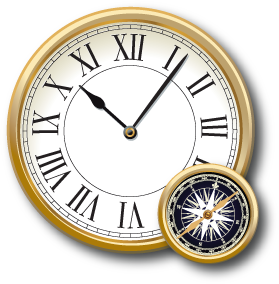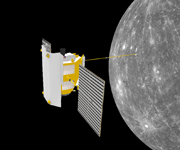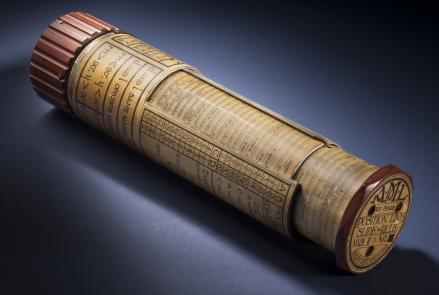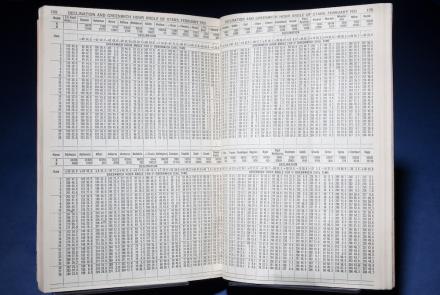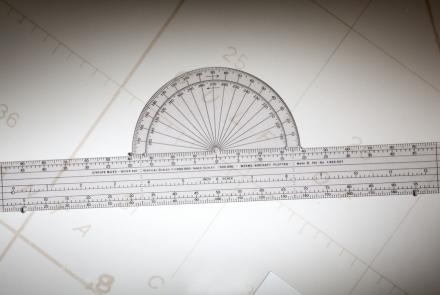The Teacher: P. V. H. Weems
Innovations
Weems and the famous air navigator Harold Gatty worked together to develop this new drift indicator. It could determine drift and ground speed without a cumbersome apparatus deployed outside the aircraft.
Developed by Capt. L. C. Bygrave after World War I, this British slide rule was the best shortcut method of speeding up celestial computations until Weems invented the Star Altitude Curves and Air Almanac.
In 1932, Weems devised an almanac that greatly reduced the time needed for computing position based on celestial sightings. The U.S. Naval Observatory showed little interest in it at first, but the Royal Observatory in Greenwich began publishing it in time for World War II, when it proved invaluable.
Weems developed, authored, or encouraged the writing of dozens of books and articles on advancements in air navigation. Air Navigation was a standard text for several decades.
Weems developed this simple but effective plotter for aeronautical charts in 1935. It remains the most popular aviation plotter in the United States. Richard Byrd used this one on his Antarctic expeditions.


